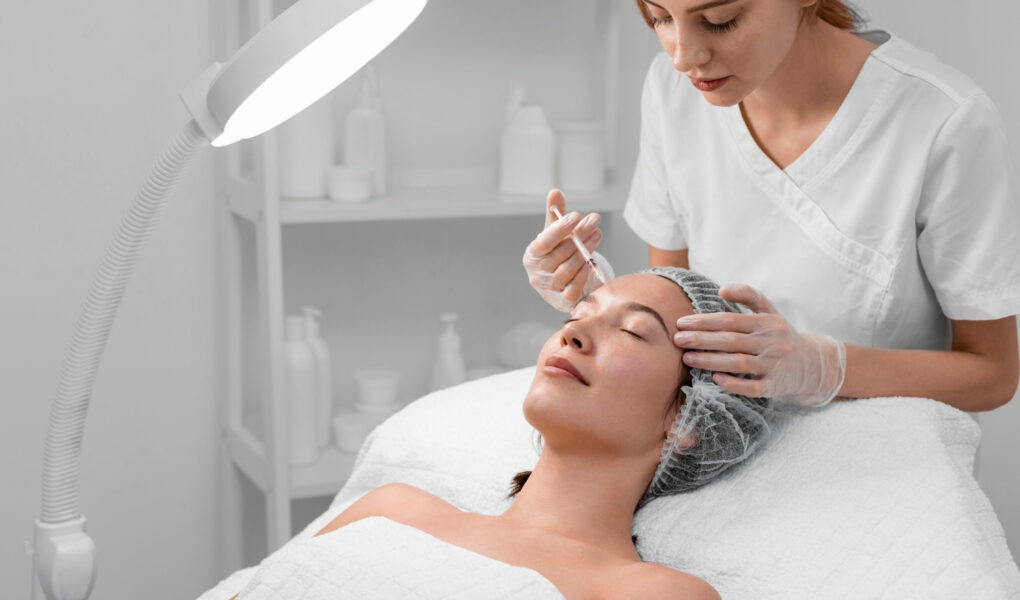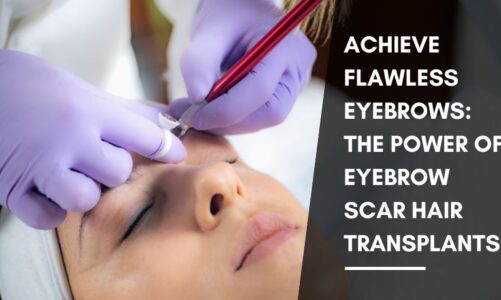In the world of skincare, the quest for smoother, more youthful skin is a constant pursuit. As technology continues to advance, innovative treatments like skin needling in Melbourne have taken centre stage, offering a promising solution to the age-old challenge of skin rejuvenation.
Collagen induction therapy, commonly known as microneedling, has emerged as a groundbreaking approach in the realm of dermatology and cosmetic science. This minimally invasive procedure harnesses the body’s natural healing mechanisms to rejuvenate and repair the skin. This comprehensive guide delves into the scientific principles underlying this innovative technique, elucidating how it stimulates collagen production and enhances skin rejuvenation.
Understanding the skin’s structure and collagen
To appreciate the impact of microneedling, one must first understand the skin’s anatomy. The skin, our body’s largest organ, comprises three primary layers: the epidermis (outer layer), the dermis (middle layer), and the hypodermis (innermost layer). Collagen, a vital protein found in the dermis, plays a crucial role in maintaining the skin’s elasticity and strength. As we age, collagen production naturally diminishes, leading to wrinkles and loss of skin firmness.
The principle of collagen induction therapy
Collagen induction therapy, or microneedling, is predicated on a simple yet profound principle: initiating a controlled injury to the skin to stimulate the body’s natural wound-healing processes. During this procedure, fine needles create micro-injuries in the skin, triggering a cascade of natural healing responses. These responses include the activation of fibroblasts, cells responsible for producing collagen and elastin fibres.
The microneedling process
Microneedling is performed using a specialised device equipped with tiny, sterile needles. These needles puncture the skin to create micro-wounds. Despite sounding daunting, these micro-injuries are superficial and cause minimal discomfort. The depth and intensity of needle penetration are meticulously controlled, ensuring safety and effectiveness tailored to individual skin types and concerns.
Stimulating collagen production
The essence of microneedling’s effectiveness lies in its ability to stimulate collagen synthesis. The micro-injuries prompt the skin to produce more collagen as part of the natural healing process. This increase in collagen leads to the thickening of the dermis and the reduction of wrinkles. Over time, the skin becomes firmer, smoother, and more youthful in appearance.
Benefits beyond collagen induction
Apart from boosting collagen production, microneedling offers several other dermatological benefits. It enhances the absorption of topical products, allowing them to penetrate deeper into the skin for more effective results. Additionally, it can improve skin texture, reduce the appearance of scars, and even aid in the treatment of hyperpigmentation.
Enhancing Skin Tone and Texture
Microneedling is also particularly effective in refining skin tone and texture. This therapy can significantly diminish the visibility of pores, lending the skin a more uniform and smooth appearance. By promoting even skin regeneration, microneedling helps in balancing skin tone, reducing the effects of sun damage, and providing an overall revitalised skin surface. This aspect is especially beneficial for those seeking a non-invasive solution for a more radiant and even complexion.
Customising microneedling treatments
Microneedling can be customised to address various skin concerns. By adjusting the needle depth and the treatment intensity, practitioners can target specific issues like fine lines, acne scars, or stretch marks. This flexibility makes microneedling a versatile tool in both cosmetic and clinical dermatology.
Combining microneedling with other treatments
For enhanced results, microneedling can be combined with other treatments, such as platelet-rich plasma (PRP) therapy or topical serums. When used in conjunction with these adjunct therapies, microneedling can provide even more profound skin rejuvenation effects.
Post-treatment care and considerations
After microneedling, the skin may exhibit redness and mild swelling, similar to a mild sunburn. These effects are typically short-lived, subsiding within a few days. Post-treatment care is crucial and includes avoiding sun exposure, using gentle skincare products, and staying hydrated.
Safety and efficacy
When performed by a trained professional, microneedling is safe for most skin types and has a low risk of adverse effects. Its efficacy in stimulating collagen production and improving skin texture has been substantiated by numerous clinical studies, making it a trusted choice in skin rejuvenation therapy.
Looking ahead: Innovations in microneedling
The field of microneedling continues to evolve, with ongoing research exploring its potential in treating various skin conditions. Innovations in needle technology and combination therapies are paving the way for even more effective and customised treatments.
Collagen induction therapy through microneedling represents a significant advancement in the field of dermatological science. Its ability to harness the body’s natural healing processes to stimulate collagen production and rejuvenate the skin offers a promising solution for those seeking to combat the signs of ageing and improve skin health.
As you explore options for skin treatments, it’s important to consult with a qualified professional to ensure safe and effective results. In addition to microneedling, you may want to explore other advanced treatments like skin laser treatments in Melbourne, which can complement your skincare journey and provide tailored solutions for your unique needs. Remember, achieving radiant and youthful skin is both an art and a science, and with the right treatments and guidance, you can unlock your skin’s full potential.
With ongoing advancements and a deepening understanding of its mechanisms, microneedling stands poised to redefine the landscape of non-invasive skin rejuvenation therapies.



